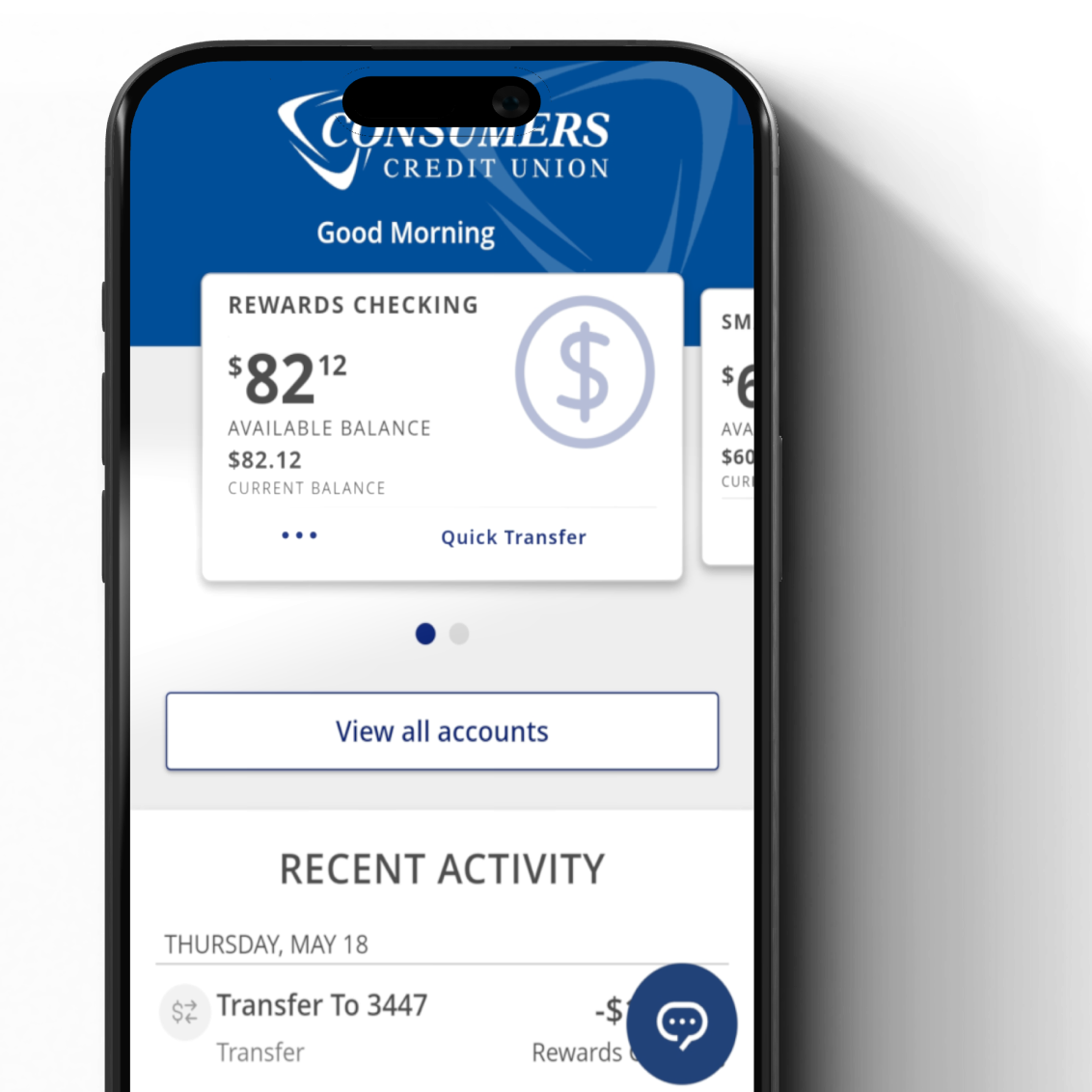Fraud Risks Involving Joint Accounts
April 23 2025
If you’re among the 3.6 billion people who bank online, how often do you scan your account(s) for activity you do not recognize? For something like a funds transfer to an unknown third party or a check deposit to someone who has no relationship with you. Or worse, an account takeover by a hacker, which is an all-too-common threat to consumers these days.
Or… maybe an incident was created by someone a bit more familiar to you than some random, faceless fraudster.
Advantages of Joint Accounts
Financial institutions often allow account holders to open joint accounts (or “joints”), which are shared between two or more individuals. Typically, these accounts are set up between committed couples or spouses, parents and children, or business partners. The account is a standard savings or checking account and allows any owner to have equal access to the funds. There are legit advantages to maintaining a joint account, as it provides flexibility when an owner wants access, and it’s convenient for managing shared expenses.
Risks of Joint Accounts
What sometimes gets overlooked or casually dismissed is that all owners of a joint account share the risk of loss equally. If one owner falls victim to fraud, other owners of the account are exposed as well. Most financial institutions retain the right to transfer funds to an overdraft account (i.e. an account with a negative balance) if those funds are available in an individual account owned by any of the joint account’s holders. This action can take place even if the overdraft in the joint account was caused by the actions of another other joint owner.
Fraud, Fear or Forgetfulness?
The risk starts with a joint owner not keeping their fellow owner(s) informed of financial activity they are engaged in that may potentially involve fraud. There are numerous situations where this could happen, including one account owner paying out money in an investment scam or in response to some type of faked threat (like a warning from a “utility” that power will be shut off to a residence). That owner may keep silent out of shame or ignorance.
There’s another common scenario that’s often overlooked; that being the deposit of a fraudulent check into a joint account – and the consequences that happen afterwards.
The Youth Factor
Parents often open bank accounts jointly with their children. The arrangement provides a level of security because the parents can readily monitor the minor’s activity. As the children grow older and more independent, the dynamic in that relationship changes, with the parents sometimes leaving their name on the account but allowing their kids to make their own decisions as young adults. Unfortunately, sometimes these teens go away to college and get lured into a fraud scheme.
A Common Fraud Example
A young adult (“account holder-victim”) connects with an unknown person via social media who offers ways to make quick money. The student is convinced by this new contact (“fraudster-friend”) to deposit a large check – often $5,000 or more – into their account and then gives instructions to distribute some portion of the check proceeds back to the fraudster-friend through fast channels such as Zelle, Apple Cash, or PayPal. The account holder-victim is told they can keep the remaining funds from the check as compensation. The account holder-victim is subsequently surprised when the check is rejected, with the amount drawn on the check sent to the fraudster-friend, creating an overdraft in the account.
The Hard Truth
Financial institutions are not obligated to refund an account holder for losses to their account if they (the account holder) voluntarily took action that caused the loss. With credit unions, for example, refunding the loss would be unfair to its members, as it’d put the burden of the debt on them – a debt that would grow with each successful fraud occurrence.
Depositing an unknown check from an unknown source qualifies as the account holder’s voluntary action regardless of whether or not the account holder was “tricked” into making the deposit. This is true for a joint account as well. A parent who had no knowledge of their child’s action will not receive special consideration. A joint owner’s responsibility is not negated because of lack of knowledge.
Caution And Communication
What can be done to avoid falling victim to this fraud? New friends looking to engage an individual in financial activity should be scrutinized closely to look for signs that they might be fraudster-friends. Having a check presented, at a minimum an individual should ask:
- Why is the new friend receiving the check?
- If an individual wrote the check, what is their relationship to the new friend?
- Why is the check the amount that it is, and does the new friend get such checks frequently?
- If the check was from a company, what did the new friend do to earn this, and wouldn’t there be regular checks received if this was compensation?
- If the check is from a different state, when was the new friend in that state and for how long?
- Why does the new friend not have their own account to deposit this check?


